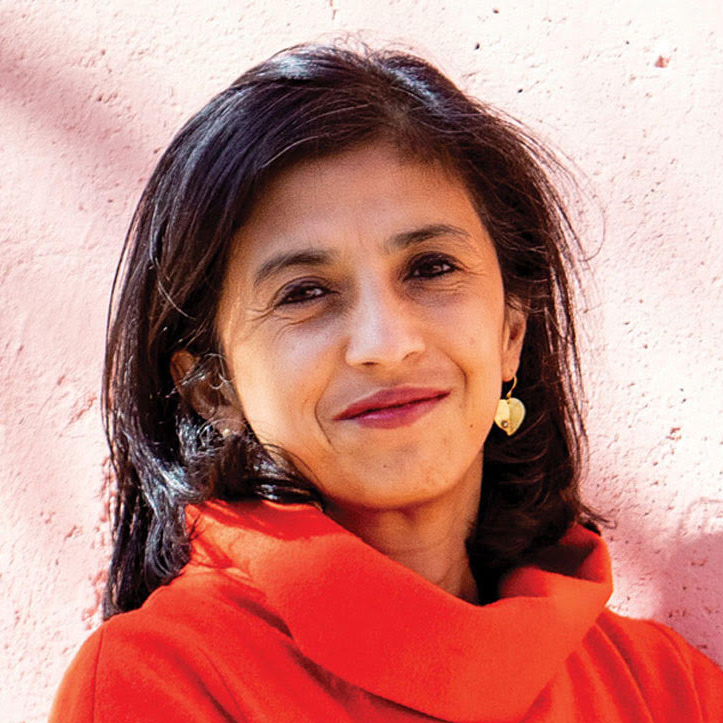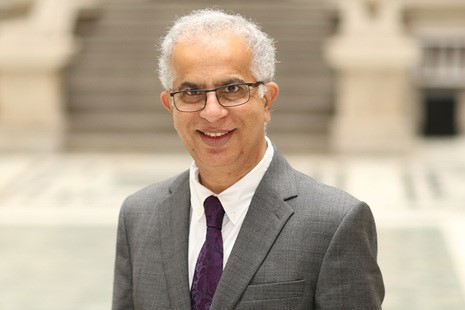Columns
Data can strengthen democratic systems
A successful democracy provides men and women equal opportunities for representation.
Rohini Pande, Adnan Khan & Michael Callen
The successful completion of Nepal’s second consecutive local elections on 13 May provides cause to celebrate. However, the electoral process as implemented may have contributed to some unintentional gaps in participation and representation. As researchers working in governance, we see clear paths for increased use of survey data and other evidence to capitalise on gains in Nepal’s democratic system.
Voter turnout in this year’s elections (71 percent) is high by international standards. And 41 percent of those elected were women, which is slightly higher than in previous elections. However, we also observe some gaps in participation and representation relative to the 2017 election, and data suggests that this adversely impacted less educated citizens and women.
Based on the high rates of invalid votes, many poor individuals lost their voice in this democratic election. The Election Commission's preliminary report states that 2.4 percent of total votes were completely invalid, and over 16 percent of votes cast for deputy mayors and vice-chairpersons were invalid. Similarly, around 15 percent of votes cast for ward member positions were invalid. Votes were often invalidated because voters failed to cast exactly two votes for ward members in open seats or attempted to vote for positions for which their party had not fielded candidates.
Evidence from other countries shows that overly complex ballots disproportionately exclude the poor and uneducated. However, improving design can reduce gaps in representation. A study in Brazil, for example, showed that the introduction of electronic voting machines not only reduced the number of invalid votes and enfranchised poor voters, it also led to better outcomes for the poor. Spending on healthcare went up and other key health indicators, including newborn health, improved.
All of this suggests that Nepal can make its democracy more inclusive by watching election data, improving ballot design, and adjusting policy accordingly.
Next, consider female representation. The constitution aims to ensure female representation in municipal positions. Yet, its stipulation that a party should nominate at least one woman for the positions of either mayor or deputy mayor did not equalise gender representation in this year’s elections.
In 2017, parties predominantly fielded male candidates for mayor and female candidates for deputy mayor positions, resulting in an almost proportionate representation of women in municipal office. But in 2022, parties were more likely to engage in coalitions—strategically fielding candidates for only one of the two positions at the municipal level—thereby circumventing the gender quota.
Accordingly, while the total number of elected females went up slightly in 2022, overall, women moved into lower positions. At the municipal level, the number of women in mayor or deputy mayor positions decreased by over 8.3 percentage points. At the ward level, the share of female ward chair candidates dropped from 3.2 percent to 2.9 percent from 2017 to 2022.
While election statistics give us important information on groups that are underrepresented, this is only the starting point. In terms of data, elections are like doctor’s check-ups: They only happen periodically. Could we strengthen democracy if we gathered data on policy and governance in a more comprehensive and consistent way—for instance, in the way a smartphone is able to collect important health indicators?
Our own original research shows this is possible, as it has uncovered evidence of both weaknesses and strengths for inclusivity.
One area for potential improvement is to work to align the priorities of politicians and the citizens they serve. Our research group conducted a survey of around 2,000 local government officials and compared it to a citizen survey. We found partial alignment of priorities between citizens and local officials, but significant differences in priorities for elected (mayor and deputy mayor) and appointed officials (chief administrative officers). While both local level politicians and bureaucrats prioritise roads and infrastructure, elected officials are twice as likely as appointed officials to also prioritise education.
A picture emerges of local elected officials having priorities more aligned with citizens’ preferences, while higher-tier bureaucrats possess less local knowledge and do not face accountability pressures in elections.
Other studies we conducted in a similar manner may expose the roots of how women are being pushed into lower positions. Party selection remains male-dominated, with only 9 percent of selection committee members on average being women, compared to 40 percent of politicians based on the 2017 study.
Nevertheless, our research has also given insights on which policies are successful in pushing Nepal’s democracy toward greater inclusion.
Nepal’s initiatives to train mayors translates into improved performance in the legal and budgeting capacities of local governments. In our studies, we found that 10 percent increase in the proportion of assembly members who received training is associated with 3.4 percent increase in usage of SuTRA, an online governance platform which has been funded by the UK government, and 2 percent increase in formed committees.
Our evidence also shows that young voters have increasingly positive attitudes about government. In one survey, we found that 77 percent of young Nepali voters think the country is moving in the right direction and 91 percent are confident their household economic welfare will improve in the next five years. In a separate survey, 73 percent of citizens said they believed local officials were attentive and responsive to their needs.
Collecting and analysing data gathered between elections may allow Nepal to use policy nimbly to strengthen its democracy. For example, local governments may appoint people from underrepresented communities to user committees, to make the government more inclusive. Governments can also use policies to incentivise the inclusion of women in selection committees.
The importance of one of our findings—that there is currently optimism and trust in the Nepali system—cannot be overstated. Around the world, we have seen that a democracy is only as strong as people’s belief in it. Quality information is key: It can provide reassurance on the strengths of the system and expose its weaknesses before they undermine the trust of the people.




 5.39°C Kathmandu
5.39°C Kathmandu















%20(1).jpg&w=300&height=200)

